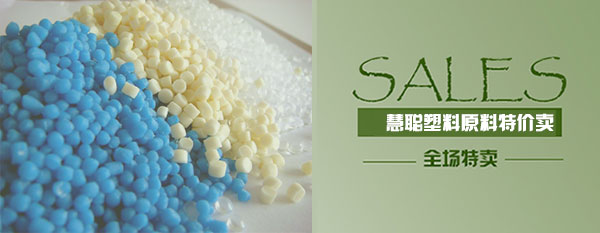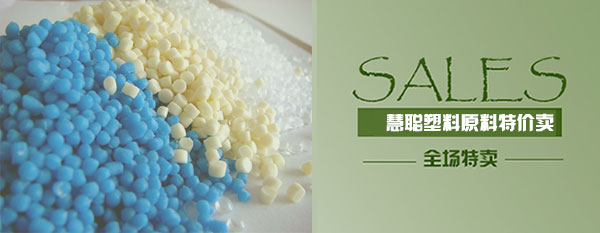At present, the construction of one-dimensional materials with heterojunction structure is a research hotspot in the field of photoelectric detection and gas sensitive detection. Core-shell nanowires with two components are ideal materials for constructing photodetectors and gas sensors. CdS and ZnO materials have excellent performance in photoelectric and gas sensors respectively. The study of heterogeneous junction and photoelectric enhancement mechanism constructed by these two materials is of great significance for the development of photoelectric sensors.
Recently, researchers from Xinjiang Institute of Physics and Chemistry, Chinese Academy of Sciences prepared CdS/ZnO core-shell nanowires for the first time. This structure can effectively utilize the light absorption characteristics of CdS to regulate carrier transmission through heterogeneous junction, so as to improve the photoelectric and sensing properties of materials. The photodetector based on this material has a photosensitive response time of about 26 milliseconds and a recovery time of only 2.1 milliseconds, which is in a leading position among similar sensors.
The photoelectrical sensitivity constructed by this material utilizes photoelectrons to participate in the adsorption reaction of nitrogen dioxide to realize the sensitive and rapid detection of the gas. The gas sensor based on this material has a good response to nitrogen dioxide and can be tested with a response range as low as 5ppb.
It is also found that applying different light intensity to the photoelectrical sensor will lead to different responses, and the detection performance is the best under the optimal light intensity. This study not only provides a new way of thinking for the development of core-shell nanowire photodetectors, but also provides a reference for the construction of photoelectrical sensors, and makes it possible to detect real-time, light-controlled gas sensitivity.
Editor in charge: Li Jia








